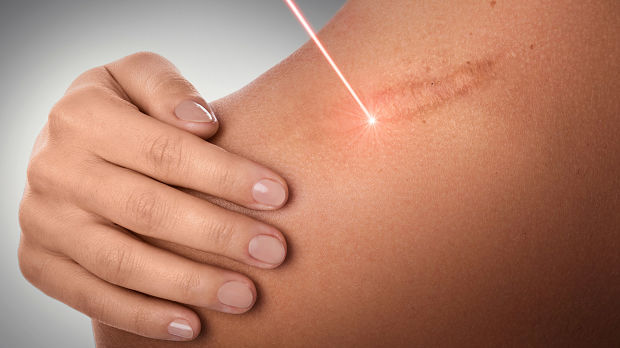Comparing Keloid Treatments: Does One Treatment Rise to the Top?
Keloids are frustrating to treat for clinicians and patients alike; different patients have varied response to treatment, treatments may cause significant side effects and keloids frequently recur.
A recent study sought to compare differing treatment options head-to-head to evaluate which may be the safest and effective treatment. The study looked at five treatment options: intralesional triamcinolone acetonide, intralesional triamcinolone acetonide with hyaluronidase, intralesional verapamil hydrochloride, intralesional radiofrequency, and intralesional radiofrequency with triamcinolone acetonide.
The results showed that intralesional verapamil and intralesional radiofrequency (alone) are not very useful in the treatment of keloids. When treated with these methods, very few subjects had complete clearance despite previous data that these methods may be effective. However, intralesional triamcinolone acetonide, intralesional triamcinolone acetonide with hyaluronidase, and intralesional radiofrequency with intralesional triamcinolone acetonide had nearly equal effectiveness (about 75% clearance). Intralesional triamcinolone acetonide with hyaluronidase had the least side effects and adverse reactions, so had a slight edge on all the studied treatments.
